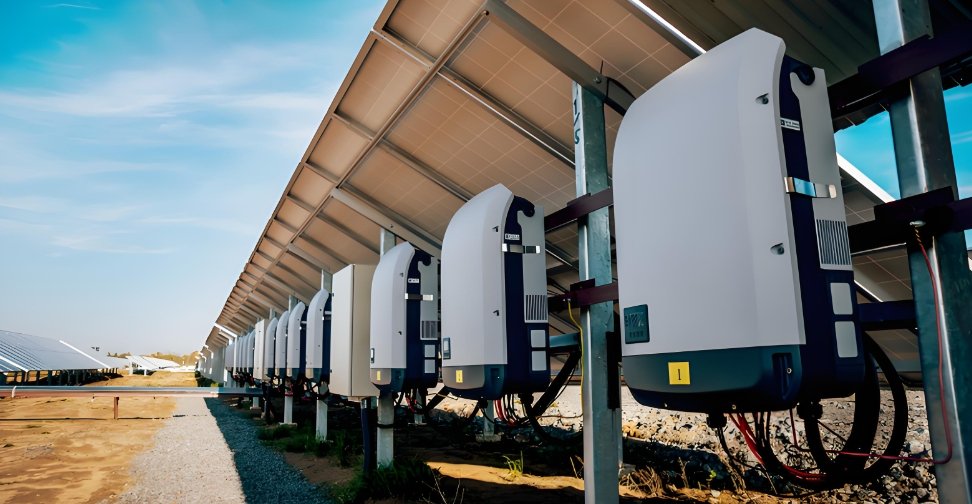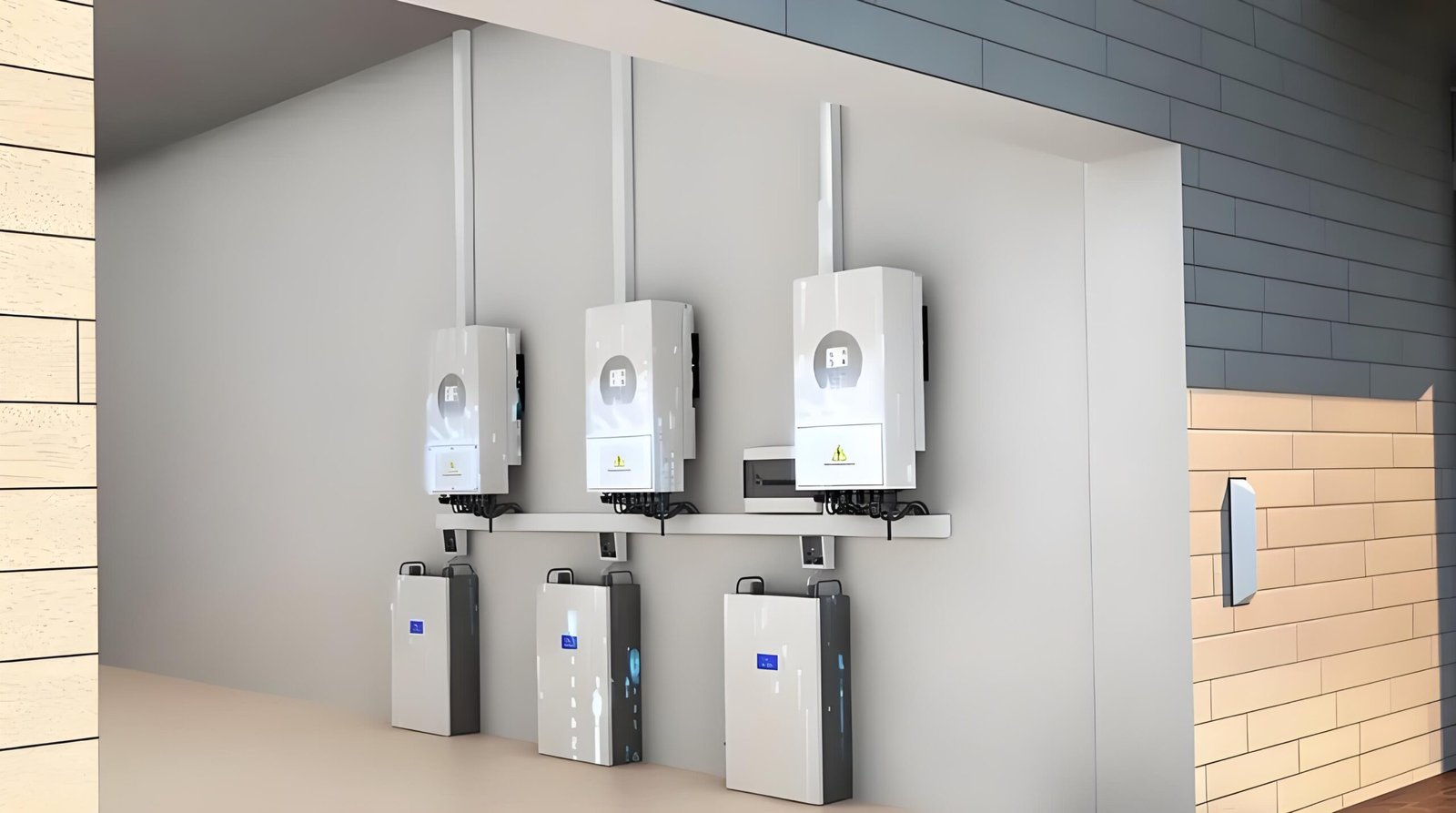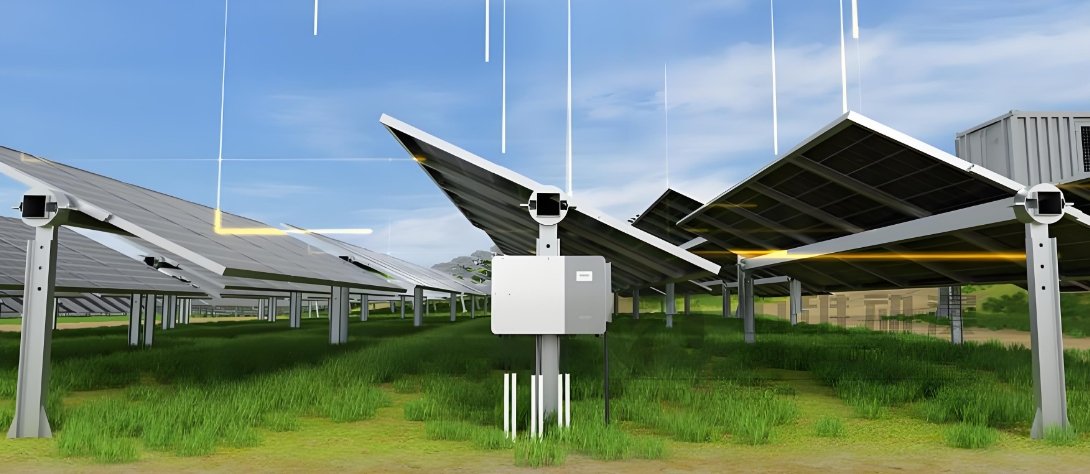Selecting the right inverter is crucial to ensure that your energy system operates smoothly, efficiently, and in a way that matches your specific needs. The inverter is the heart of your energy system, converting DC power from solar panels or batteries into usable AC power for your appliances.
To determine which inverter best suits your needs, you should assess factors such as power requirements, waveform type, efficiency, protection features, size, and brand reputation. Here’s a detailed guide to help you make an informed decision.
Key Factors to Consider: Power Requirements, Waveform Type, Efficiency, Input Voltage Range, Protection Features, Size, Brand Reputation, Smart Features, and Future Expansion Plans.
Power Requirements
Calculate Your Energy Needs:
To determine which inverter you need, start by calculating your energy consumption. How much power do you use daily in watt-hours (Wh)? The inverter you choose must be capable of handling this demand. For example, if your total energy consumption is 3 kWh per day, you'll need an inverter that can handle at least that amount.

- Peak Power Demand: Consider the maximum amount of power your appliances or devices will require at any given moment.
- Continuous Power: This is the sustained power the inverter can provide over a long period without overheating or shutting down.
You need an inverter with a power rating that meets or exceeds your energy requirements, factoring in both peak and continuous power needs.
| Power Rating | Suitable System Size | Example Use Cases |
|---|---|---|
| 500W - 1kW | Small systems (appliances) | Basic household devices |
| 3kW - 5kW | Medium to large systems | Larger homes or small businesses |
| 10kW and above | Commercial systems | Large homes, farms, or industrial setups |
Example:
A typical home in Germany consumes around 10,000 kWh per year, which equates to approximately 27-30 kWh per day. If you’re using solar energy, an inverter rated for at least 5-6 kW would be needed to handle peak demand during sunlight hours.
Waveform Type
Pure Sine Wave vs. Modified Sine Wave:
Inverters typically produce either pure sine wave1 or modified sine wave2 power. Here’s how they differ:
- Pure Sine Wave Inverters: These are ideal for sensitive electronics like laptops, televisions, and medical equipment. They provide high-quality, stable power, similar to the electricity from the grid.
- Modified Sine Wave Inverters: These are more affordable but can cause distortion in power-sensitive devices and may reduce the lifespan of electronics.
For most home and sensitive electronic applications, a pure sine wave inverter is the ideal choice.
Efficiency Ratings
Higher Efficiency for More Power:
An inverter’s efficiency rating3 tells you how effectively it converts DC to AC power. Inverters with higher efficiency will waste less energy, providing more power to your devices. The higher the efficiency, the more energy you get from your system.

- Look for Efficiency Ratings: Inverters with efficiency ratings of 95% or higher are considered top-performing.
- Inverter Load and Efficiency4: The efficiency may vary depending on the inverter load, so it's important to pick an inverter that operates efficiently across the power range you need.
Example:
A typical high-efficiency inverter (e.g., 98%) will lose only around 2% of the power during conversion, while a lower-efficiency inverter (e.g., 90%) could waste up to 10% of the generated solar energy.
Higher efficiency means more energy is converted into usable power, reducing energy losses and improving the performance of your system.
Input Voltage Range
Matching Your Solar Panels or Battery Bank:
Check if the inverter’s input voltage range is compatible with your solar panels or battery bank. For example, a solar panel system may operate at 24V, 48V, or higher, and the inverter should support that voltage range to function correctly.

| Input Voltage | Typical Systems | Recommended Inverters |
|---|---|---|
| 12V | Small off-grid systems | Small hybrid or DC-AC inverters |
| 24V or 48V | Larger off-grid or hybrid systems | Higher capacity hybrid inverters |
| 120V or 240V | Grid-tie systems | Grid-connected inverters |
Data Insight:
- Voltage Compatibility: A mismatch between inverter voltage range and panel/battery voltage can result in power loss or system failure. For example, a 24V inverter will not work efficiently with a 48V system.
Make sure the inverter’s voltage range matches your system’s needs, whether it’s a solar panel or battery setup.
Protection Features
Safeguard Your System:
Inverters with built-in protection features ensure the safety and longevity of your system. Key features to look for include:
- Overload Protection5: Prevents the inverter from damaging itself when the load exceeds its capacity.
- Short Circuit Protection: Protects your system from electrical faults.
- Overvoltage/Undervoltage Protection: Ensures that the inverter shuts down if the voltage is too high or low, preventing system damage.
Example:
Many modern inverters (including Deye models) have IP65 protection ratings6, which means they are resistant to dust and water ingress, making them suitable for harsh environments.
Protection features are crucial for preventing damage to your inverter and the rest of your system.
Size and Portability
Space and Mobility Considerations:
Inverters come in various sizes, and depending on your needs, you should consider:
- Space: Make sure the inverter fits within the designated installation area. Some inverters are designed to be compact and easy to install, while others are bulkier.
- Portability: If you plan to take your inverter to different locations (e.g., for camping or mobile power setups), a lightweight and portable inverter is essential.
Data Insight:
- Compact Inverters: Modern inverters (e.g., Deye's SUN-3.6/5/6K-SG03LP1-EU) are compact and weigh around 10-15 kg, making them easy to install and handle.
The inverter’s size and portability should align with your installation space and mobility needs.
Brand Reputation and Warranty
Trustworthy Brands and Long-term Reliability:
When choosing an inverter, consider the brand reputation and warranty offered. A well-known, reputable brand like Deye or Huawei ensures reliability, and a long warranty (5 years or more) provides peace of mind.

A strong brand reputation often reflects consistent product quality, excellent customer service, and robust after-sales support. Additionally, ensure that the brand offers a comprehensive warranty covering both defects and performance issues.
Example:
- Deye Inverters: Deye inverters typically come with a 5 to 10-year warranty, ensuring that the inverter is durable and backed by strong customer support.
Trusting a reputable brand with a solid warranty ensures long-term reliability and good customer service.
Smart Features
Connectivity and Remote Monitoring:
Many modern inverters come with smart features such as:
- Wi-Fi Connectivity: For remote monitoring, allowing you to track the inverter’s performance via a mobile app.
- Mobile Apps: Apps that allow you to monitor the system’s performance and make adjustments remotely.
- Energy Management: Some inverters come with built-in energy management systems, enabling users to maximize energy efficiency by tracking consumption and solar generation.
Smart features like Wi-Fi connectivity and mobile apps offer ease of monitoring and enhance the system’s functionality.
Future Expansion Plans
Flexibility for System Growth:
If you plan to expand your energy system in the future (e.g., adding more solar panels or battery storage), ensure that the inverter is compatible with such upgrades. Many modern inverters are scalable, allowing you to add more capacity later without needing to replace the entire system.
| Future Expansion Consideration | Benefits |
|---|---|
| Modular Inverters | Expand capacity as needed |
| Upgradeable Models | Adapt to future energy needs |
Ensure your inverter supports future system expansions to accommodate additional solar panels or batteries.
Conclusion
Choosing the right inverter involves understanding your energy requirements, the types of appliances you need to power, and your system’s future growth potential. By focusing on key factors like power needs, waveform type, efficiency, protection features, and portability, you can ensure that you select an inverter that is reliable, efficient, and tailored to your needs.
Consider brand reputation and warranty to ensure long-term reliability, and don’t forget the importance of smart features for remote monitoring and ease of control.
Footnote:
-
This link explains the benefits of pure sine wave inverters, including their suitability for sensitive electronics and high-quality power. ↩
-
This link explains the features of modified sine wave inverters, including their affordability and limitations for electronic devices. ↩
-
This link explains efficiency ratings, how they impact energy conversion, and why higher efficiency is important for reducing energy loss. ↩
-
This link explains the relationship between inverter load and efficiency, highlighting the importance of choosing an inverter suitable for your power range. ↩
-
This link explains overload protection, how it prevents damage when the load exceeds the inverter's capacity, and its importance in safeguarding systems. ↩
-
This link explains IP65 protection ratings, detailing their significance in protecting inverters from dust and water in harsh environments. ↩





